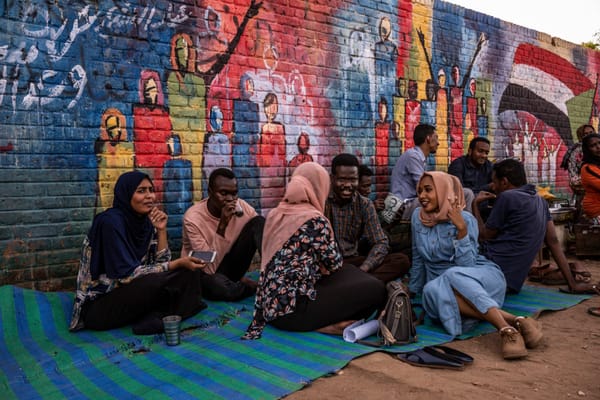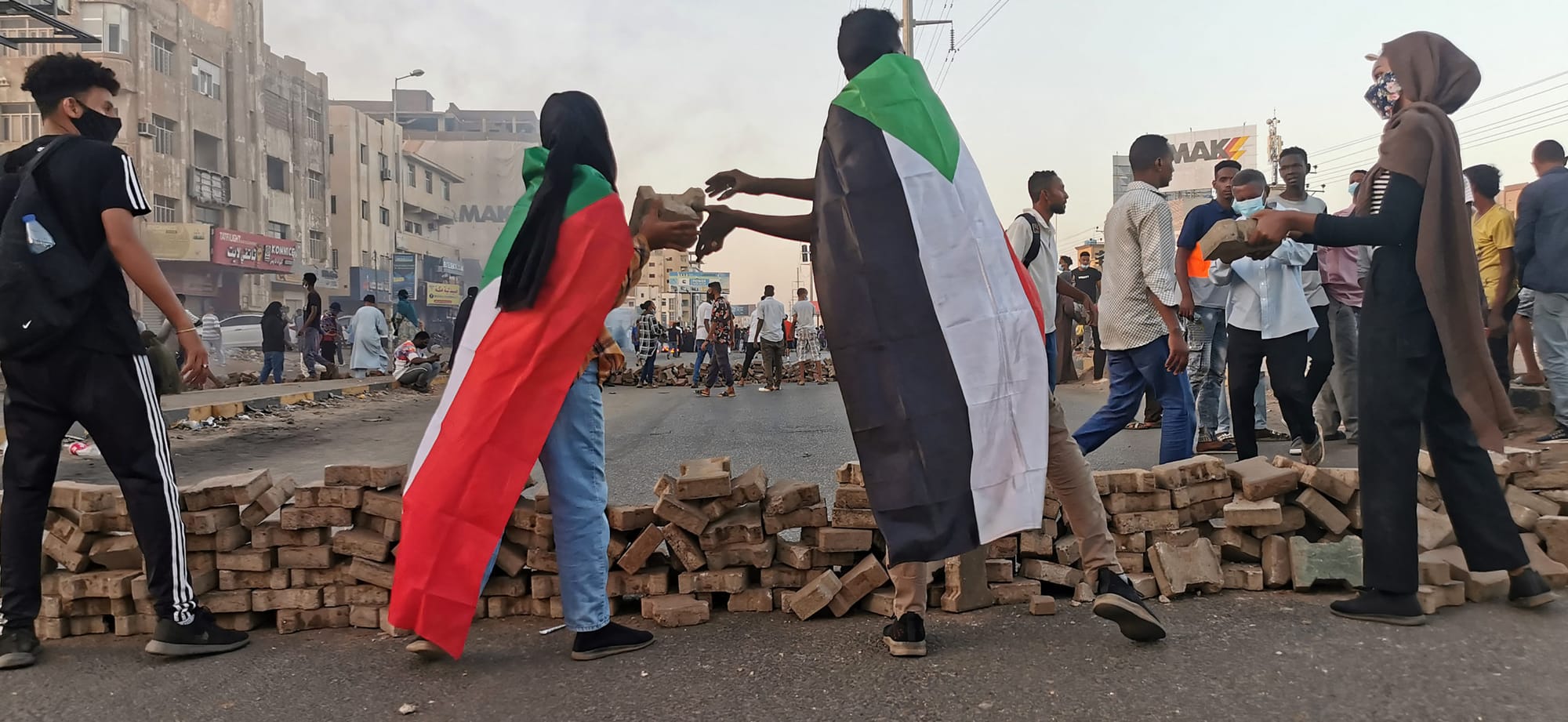The Evolution of Sudan's Popular Political Forces
On January 30, 2011, a protest took place in Sudan’s capital Khartoum. Inspired by uprisings in other parts of the Arabic-speaking world, such as Tunisia and Egypt, activists announced and promoted the planned demonstration using social media platforms. The protesters demanded significant change: Th












